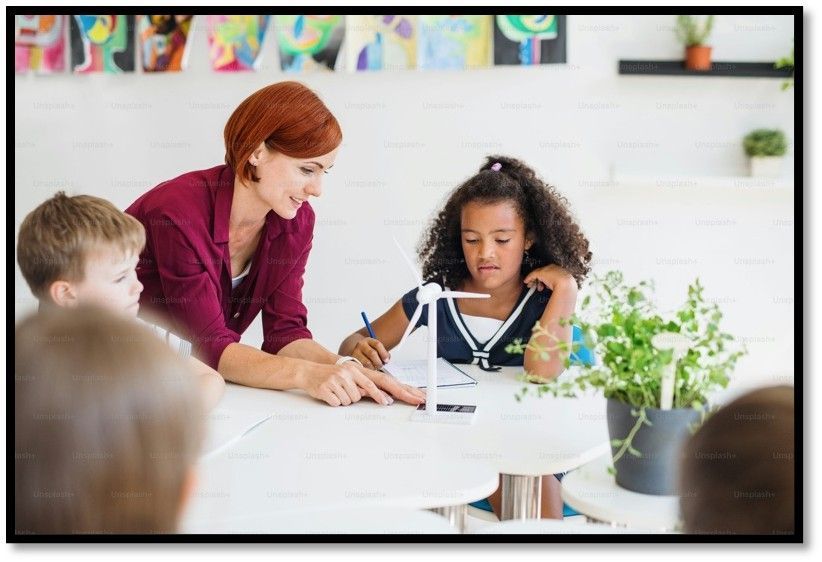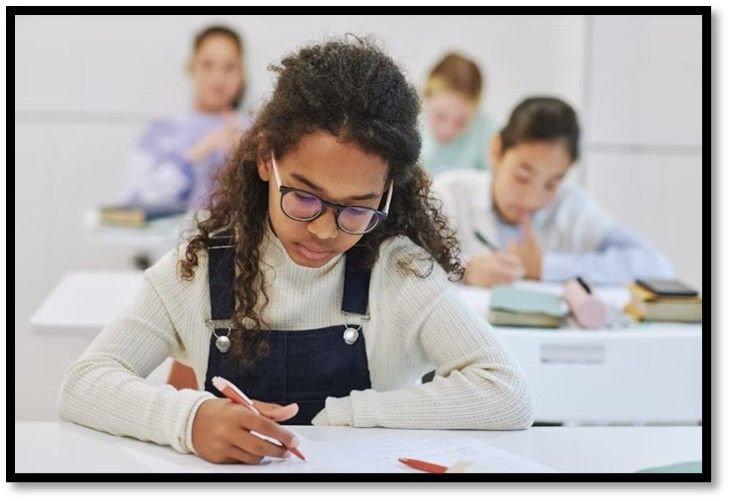
“In diversity there is beauty and there is strength.” What does this powerful quote from Maya Angelou have to do with introducing your young students to special holidays celebrated by other children around the world? Plenty! Celebrating multicultural holidays in elementary schools is not just about recognizing different traditions; it's about creating an inclusive, respectful, and engaging learning environment. By incorporating these celebrations into the curriculum, teachers can enhance students' educational experiences and promote a more understanding and empathetic school community. Let's continue to embrace and honor the rich cultural tapestry that makes up our classrooms, one celebration at a time.
Stories from the Classroom:
"I've found that celebrating multicultural holidays has significantly increased my students' awareness and appreciation of different cultures. For example, during Diwali, we created rangoli patterns and learned about the significance of light in the festival. The students were fascinated and eager to learn more about Indian culture." - Mrs. Nguyen, 4th Grade Teacher
"Last year, we celebrated Hanukkah alongside Christmas and Kwanzaa. It was amazing to see how much the students enjoyed learning about the similarities and differences between the holidays. This practice has helped build a classroom environment grounded in empathy and mutual respect." - Mr. Patel, 3rd Grade Teacher
"Our school's multicultural holiday celebrations have brought parents and community members into the classroom. For Lunar New Year, several parents came in to share stories, food, and traditional games with the students. It was a beautiful way to strengthen the school-community bond." - Ms. Ramirez, 2nd Grade Teacher
Tips for Getting Started:
- Begin by researching the cultural holidays that are significant to your student body. Consult with parents, community leaders, and colleagues to gain accurate and respectful insights into these traditions.
- Interactive activities such as crafts, music, food tasting, and storytelling can make the celebrations more engaging for students. These hands-on experiences can leave lasting impressions and make learning about different cultures fun and memorable.
- Developing a cultural calendar that includes important holidays from various cultures can help ensure that these celebrations are integrated throughout the school year. This approach allows students to anticipate and look forward to upcoming events.
- Encourage students to share their own cultural traditions and experiences. Creating an open and inclusive environment where every student feels valued and heard can enrich the multicultural celebration experience for everyone.
GrapeSEED is proud to embrace teachers and students from all around the world. From Asia, to Europe, to the US, enriching the lives of children with our English acquisition curriculum so that they will flourish is our focus and goal.
Ready to learn more about how you can get started with GrapeSEED in your classroom?





